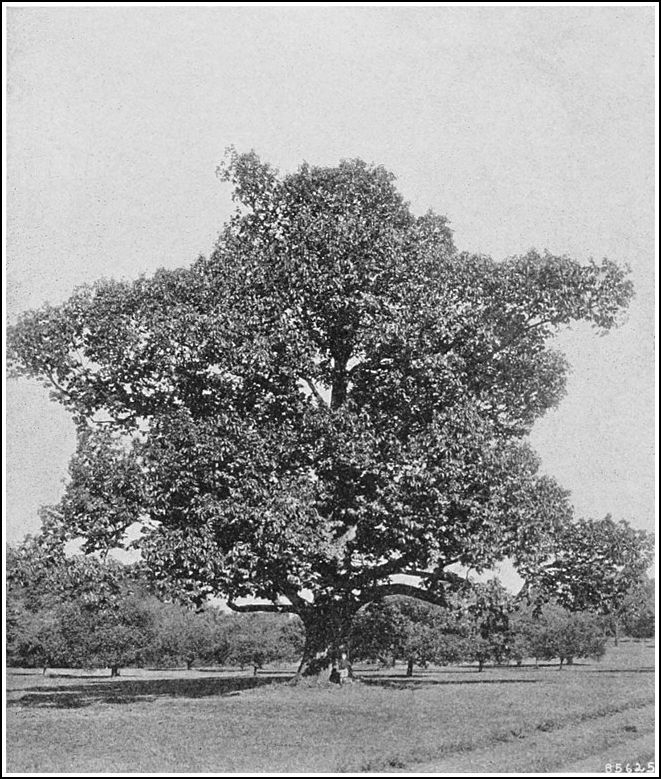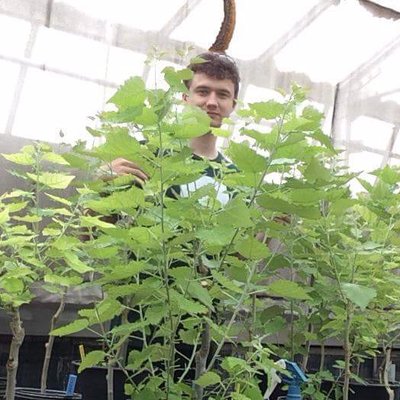The American chestnut: A new frontier in gene editing
A new author's note was added to this article on March 15, 2024, about the American Chestnut Foundation's December 2023 decision to no longer support the gene-edited American chestnut, Darling 58, discussed in this article. Scroll to the end to read.
After being driven to near extinction, the historic American chestnut tree may begin repopulating Eastern U.S. forests later this year. Scientists have inserted a gene into the tree’s DNA to protect it from disease, and the U.S. Department of Agriculture is expected to announce soon whether the transgenic tree is safe enough to be released into nature.
The blight-resistant American chestnut — known as Darling58 — was developed by researchers at the State University of New York. Graduate student Erik Carlson contributed to the work.
“This research lays the foundation for the technology to be used in other forest trees facing extinction,” Carlson said.
Regulators are awaiting the results of a plant pest risk assessment. If they determine the tree is unlikely to pose an increased plant pest risk, then Darling58 will be deemed safe to grow in the U.S.
In the meantime, Carlson and others are working to educate a sometimes skeptical public on the safety and value of genetic engineering.
When people realize that genetic engineering can enable noble endeavors such as saving an entire species of trees, Carlson said, “They say, ‘Oh, wait a minute, maybe we've been looking at this the wrong way.’”
The American chestnut tree faces extinction
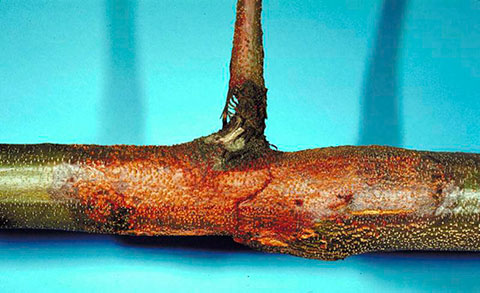
The American chestnut, Castanea dentata, was once one of the largest and most prominent trees in American eastern forests. Some of these trees would reach 100 feet tall and 10 feet in diameter, earning them the nickname the “redwoods of the east.”
These giants used to thrive in the eastern U.S. forests alongside the loblolly pines, tulip poplars, and white oaks, until a fungal blight pathogen from Asia, Cryphonectria parasitica, wiped out an estimated four billion trees. The fungal infection was impossible to control and ultimately left the American chestnut functionally extinct since the middle of the 20th century.
The science behind Darling58
The rapid decimation of the American chestnut kicked off a race to protect and restore it to its former glory.
The first attempt involved breeding it with Asian chestnut tree species that have a natural blight resistance, but that effort took nearly three decades to consistently maintain resistance. Also, those hybrids faced additional downsides, such as the low transmission of blight resistance to offspring and reduced forest stature. Plus, as hybrids, some may view them as no longer being true American chestnuts.
Researchers at the SUNY College of Environmental Science and Forestry took a different approach, using genetic engineering to produce a blight-resistant American chestnut.
The group inserted a gene from wheat into the tree’s genome. This gene encodes an enzyme known as oxalate oxidase that detoxifies oxalate, the harmful compound produced by C. parasitica and many other pathogenic fungi.
Unlike making hybrid crosses that jumble the genome with little control over the traits produced, genetic engineering provides a more precise introduction of the OxO gene, which allows for the conservation of the entire American chestnut genome.
Genetic engineering also cut the timeline for blight-resistant tree production and accompanying studies on its growth and effects from 30 years to 10 years.
Norman G. Lewis, a distinguished professor at Washington State University’s Institute of Biological Chemistry, said, “As the world changes, we, as scientists and humans, will need to change with it along with our approach to solving the problems. Our solutions will not be the same as in years prior because the shoes we fill are different than those of the past.”
Doubts about Darling58
Trees often symbolize our human connection to nature, evoking strong emotions from the public about genetically modifying them. During an open comment period, members of the public expressed concern about the environmental impact of Darling58 trees.
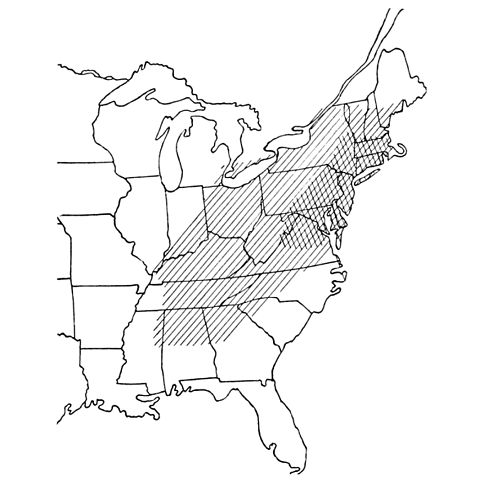
Carlson emphasizes that the trees have undergone extensive environmental impact studies.
“Leaves were fed to multiple insect species and wood frog tadpoles. Colonization of mycorrhizal fungi was examined. Effects of transgenic leaf litter on seed germination of multiple plant species and many other similar examples were included in the petition submitted to the USDA, and no unexpected negative effects were observed in any of these studies,” Carlson said.
Researchers also explored other species that are sensitive to ecosystem changes, such as bumblebees.
Experts point out that the OxO gene in Darling58 is also in myriad other species within the American chestnut’s ecosystem.
“We can’t possibly know all the risks of introducing Darling58, but we have ruled out the big ones,” said Carlson.
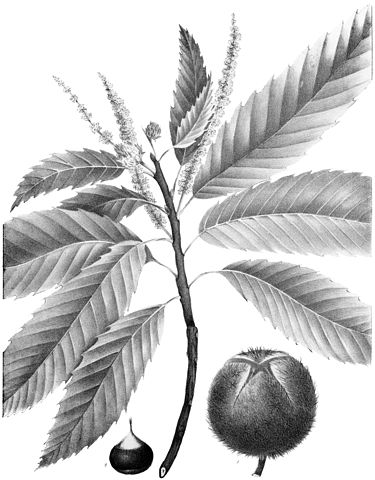
Edward Eisenstein, an associate professor at the University of Maryland, said that scientists and the public need to “meet in the middle.” Eisenstein said science should be publicly accessible and carefully evaluated for safety, as SUNY group and the American Chestnut Foundation have done, to encourage uptake of the “new normal” by the public.
Stuck in regulatory limbo
While Darling58 has been awaiting its regulatory fate, a transgenic poplar tree from Living Carbon became the first genetically modified tree planted in a U.S. forest.
Unlike the modified chestnut, the engineered poplars avoided the USDA plant pest risk assessment on the technicality that they were made using genes only from other plants and were inserted biolistically — using pressurized air and DNA-coated particles to insert new pieces of DNA — rather than genetically modified via a bacterium.
Though both the poplar and Darling58 possess foreign DNA, regulators subjected them to different levels of scrutiny based on the techniques used to generate them. These loopholes have since closed, thanks to updated regulatory policy. Now, all genetically engineered plants will be subject to the more stringent review undergone by Darling58.
Carlson said that, more than anything, he hopes the public will realize that Darling58 will allow scientists to have “a real opportunity to rescue genetic diversity” and ensure the longevity of the American chestnut tree as the world continues to change around it.
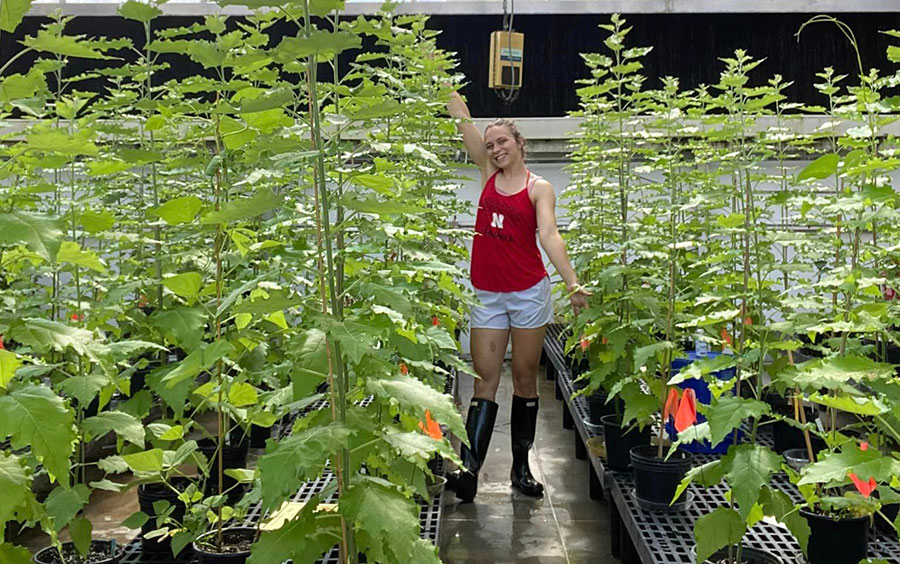
Author's note
At the University of Georgia, I am using the method that was used to produce Darling58 in a faster-growing species, Populus, also known as the cottonwood.
The goal of my research in Chung-Jui Tsai’s lab is to improve biomass accumulation for the use of biofuel production. I use transgenic trees to study how the distribution of the macronutrient sulfate affects biomass accumulation during climate change–induced stressors, such as drought.
It is exciting to see these technological advancements occur during my training, and I hope reintroducing the gentle giants (American chestnuts) to the North American Eastern forests fortifies the continued advancement of genetic engineering in improving ecosystems for years to come.
Author's note, March 15, 2024
While writing this article in April 2023, I was optimistic about seeing the first deregulation and release of a genetically engineered tree, and not just any tree, but one I had never seen grown in the wild with my own two eyes. However, I recently learned that as of December 2023, the American Chestnut Foundation no longer supports the gene-edited American chestnut, Darling 58, discussed in this article.
Scientists have recently discovered that early in the research of the Darling chestnut varieties, a labeling error mixed up Darling 54 and Darling 58, two varieties developed at the same time. Despite this finding, SUNY-ESF will continue to develop the Darling chestnut that was genetically engineered using transgenic biotechnology. Decades of research on these trees and extensive research completed on Darling 54 demonstrate the safety of the OxO gene. The research also indicates there are no major performance risks, even though the OxO gene resides on a different chromosome in Darling 54 than in Darling 58.
Although the American Chestnut Foundation has pulled support for this version of a genetically engineered American chestnut, research will continue. Even without this labeling error, Darling 58 was never going to be a silver bullet to restore the species; rather, it was a step forward in restoration. Even with the success and deregulation of these chestnuts, researchers were already working on approaches to further improve the restoration of this species. The information gained from the work in these genetically engineered chestnuts is and will continue to be valuable as we move forward with producing genetically modified, long-lived species in both agricultural and natural settings.
In the face of climate change, I still believe that targeted gene editing and transgenic biotechnology are critical to improving crop production for food and fuel with fewer resources and less land. I remain optimistic and excited that in my lifetime I may still see these gentle giants in Eastern U.S. forests.
For more information about the gene-edited American chestnut, see the American Chestnut Foundation website, SUNY-ESF progress updates and summaries, or coverage in the Washington Post.
Enjoy reading ASBMB Today?
Become a member to receive the print edition four times a year and the digital edition monthly.
Learn moreGet the latest from ASBMB Today
Enter your email address, and we’ll send you a weekly email with recent articles, interviews and more.
Latest in Policy
Policy highlights or most popular articles
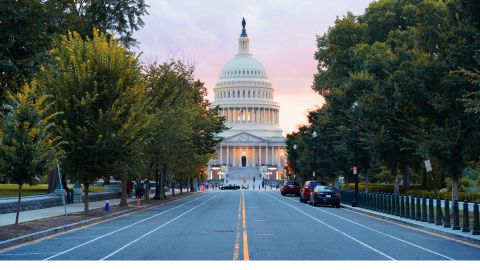
Councilors advocate for science on Capitol Hill
ASBMB Councilors meet with their elected officials to advocate for basic scientific research funding and training the next generation of scientists.

Hope for a cure hangs on research
Amid drastic proposed cuts to biomedical research, rare disease families like Hailey Adkisson’s fight for survival and hope. Without funding, science can’t “catch up” to help the patients who need it most.
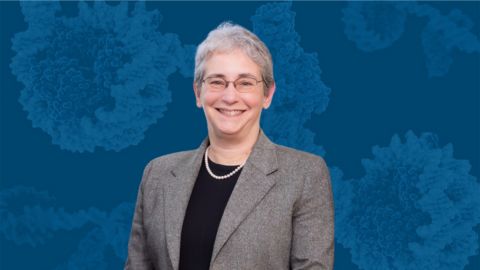
Supporting science through advocacy and community building
ASBMB calls on scientists to take action as funding cuts and policy shifts threaten the U.S. research enterprise, emphasizing the power of community advocacy and persistence in protecting the future of science.
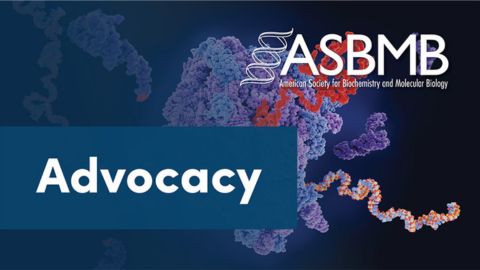
Seven steps to advocating in your home state
Find out how to schedule, prepare for and conduct a productive district office meeting to communicate the importance of fundamental scientific research funding to your representatives.
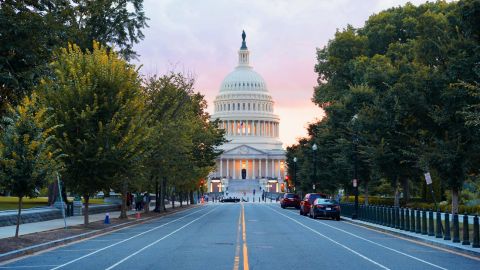
ASBMB members call for funding and agency support amidst uncertainty
In 60 meetings on Capitol Hill, scientists urge legislators to reaffirm support for scientific innovation

Embrace your neurodivergence and flourish in college
This guide offers practical advice on setting yourself up for success — learn how to leverage campus resources, work with professors and embrace your strengths.


